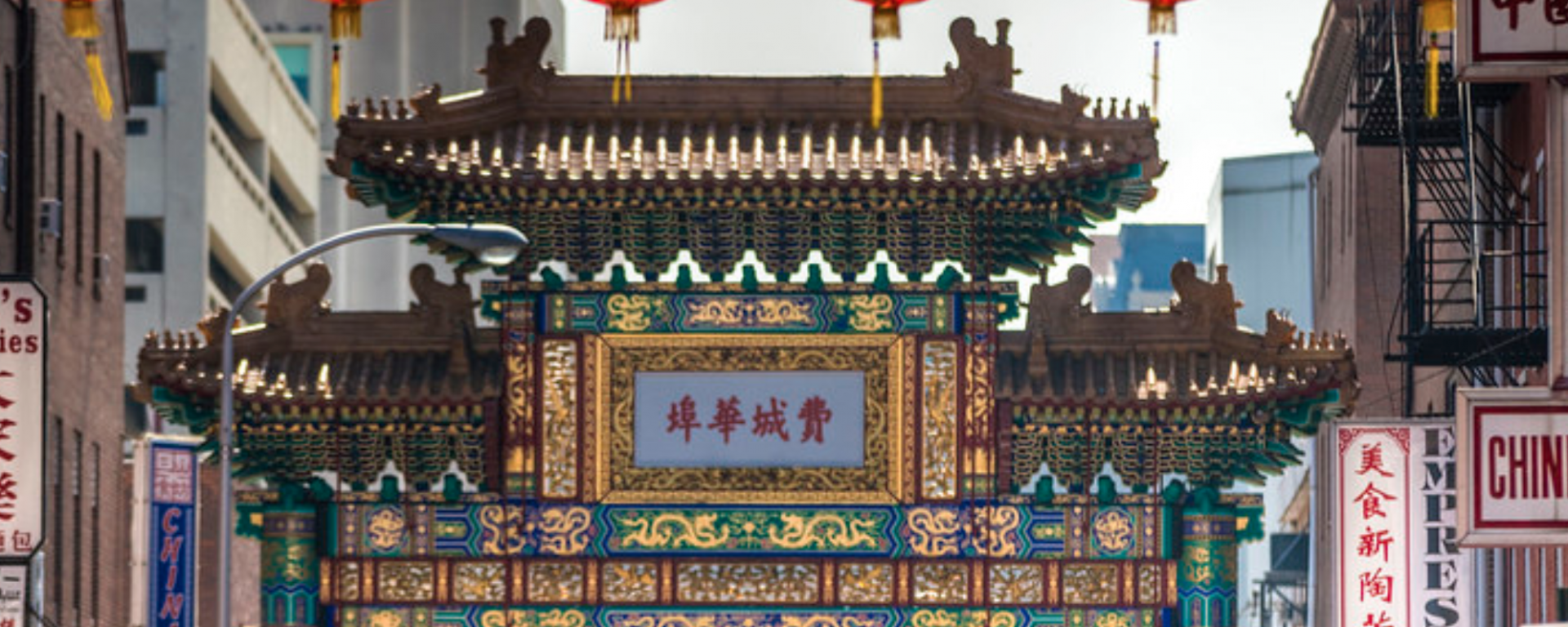As we move into the new Spring semester, I’d like to take a moment to celebrate the semester culminating project (The Struggle to Preserve Philadelphia’s Chinatown) produced by a group of students, with the support of their faculty instructor, and the team of professionals in the Libraries and ITS. The students in Assistant Professor of History Vivian Truong’s First Year Seminar: Chinatowns: Then and Now, completed a tremendous amount of work, first learning about the history of Chinatowns, specifically the Chinatown area of Philadelphia. Students got to know Philadelphia’s Chinatown in person, talking with residents and community leaders and through extensive academic research and historical interviews.
Using technology for research
Then, with the support of Swarthmore staff in the Libraries and ITS, the students used virtual reality, and extended reality systems to better understand the physical structures that are there now, in comparison to how things looked years ago, with overlays of historic images on current buildings. Finally, they put what they had learned together, using ESRI’s ArcGIS StoryMaps, to develop a clear, and moving, presentation about that history, and how it’s threatened by current proposals to place a new stadium in it’s midst for the Philadelphia 76’ers basketball team. As the students clearly lay out, this is just one more in a string of efforts that have the effect of dismantling an established minority community within the city. The students describe how events like this have disenfranchised such communities throughout the history of the United States.
Putting it all together
The students cumulative final project: The Struggle to Preserve Philadelphia’s Chinatown is a great example of the sort of work that students can produce with the right sort of faculty guidance, along with the support of the staff here at Swarthmore. It also leverages the power of ESRI’s ArcGIS StoryMaps tools, which provide an easy-to-use and very attractive framework into which students can place their content. They were able to incorporate not just the text of their story, but clear image sets, with stories of the buildings, a map of locations relevant to the presentation with links to specific sites, as well as a timeline of events relevant to the story of Philadelphia’s Chinatown. There are also links to local organizations that are supporting the community of Chinatown, as well as references to more information for opportunities to learn more, and to participate in the community discussion surrounding this proposal.
I’d like to thank Professor Truong, and my librarian colleagues, Amanda Licastro and Simon Elichko for inviting us to contribute to this student success!

